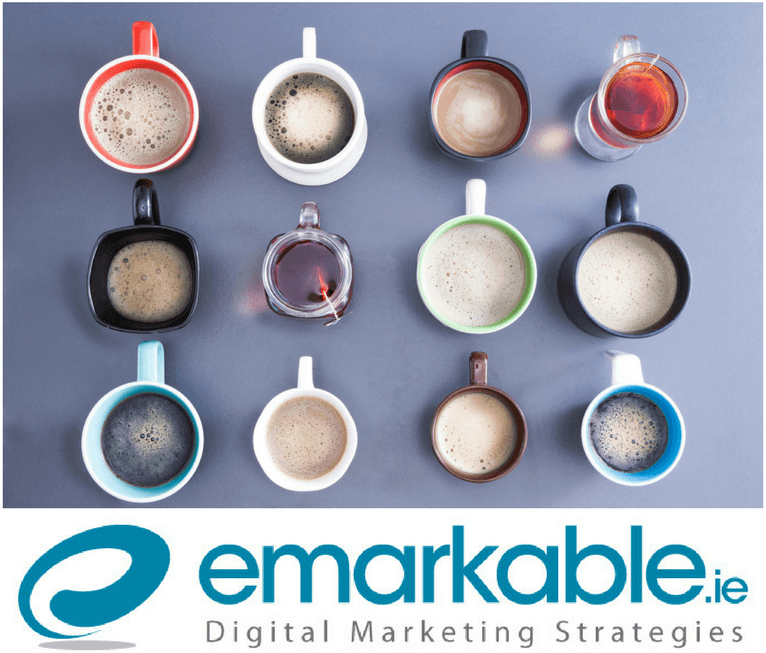27 Tips on Content Marketing Measurement
One of the issues facing content marketers today is measuring the return on investment (ROI). Demonstrating and quantifying campaign attribution and pipeline performance is an essential component of content marketing – creating strategies, designing and deploying cut-through programmes, measuring the revenue impact, and tracking end-to-end performance are all essential components of a successful content marketing campaign. Obviously, you’ll need a team of talented content marketers to put your business on the path to success and you’ll need an effective content marketing strategy too. However, none of this will demonstrate the value to the business of your content marketing strategy, unless you measure and assess your marketing metrics in order to ascertain how effective your efforts are.
Gaining true insight into the effectiveness of your content marketing activities will provide you with the information you need to continuously adjust and tailor your content marketing efforts for a maximum return on investment of both time and money. If you don’t have a robust measurement process in place, you’re unlikely to gain an accurate idea of what’s working for you and what’s not. Moreover, you won’t know how to revise and adjust your content marketing strategy to build on the strengths of your efforts and eradicate the weak points. Without accurate numbers to back up your claims, you will have no way to justify the continued (or perhaps expanded) investment in content marketing. With a content marketing measurement plan you can consistently measure all the marketing metrics that are relevant to your business and use the results to benefit your business in the following ways:
- You can diagnose and troubleshoot any problems quickly and effectively before they have a chance to create a negative impact.
- Instant troubleshooting and rapid pivoting will also strengthen your content marketing strategy on an ongoing basis.
- You’ll be able to create an alignment between different divisions within your organisation.
- You can incentivise your team to increase productivity and efficiency, which will also increase morale as your team members can see the successes for which they are responsible.
You may be wondering how you can measure the effectiveness of your content marketing strategy. We’ve listed some of the best metrics to use to gain a comprehensive overview of how well your content marketing strategy is doing, and just how effective it is at generating new leads for your business.To help you along the path towards using your metrics in an effective manner, we have created 27 powerful bite-sized tips to make the process as easy as possible. As an added bonus, we’ve included three extra tips on social media marketing metrics that will help put your business on the road to success.
27 Tips On Content Marketing Measurement. Read the first 9 below. Download the 27 here
- Page Views – the number of page views allows you to see how many of your content pages visitors are viewing and which of your content pages are most popular. This enables you to identify the types of content that perform best for your business.
- Average Time on Page – this will give you an accurate idea of whether visitors are skimming your content and moving on, or spending the time to digest the content slowly and thoroughly.
- Unique Visitors – this gives you an accurate insight into visitors to your website. Pageviews can be made up of both your repeat visitors and those who click through several pages, whilst unique visitor numbers show the overall size of your online audience and how much of your traffic is as a result of repeat visitors.
- Email Opens – email tracking tools (like Marketo, MailChimp, Mailtrack, etc.) can be used to discover how many people open your emails and at what time of the day or night. Use this to determine the best time of day to send emails (email sending can be automated for added convenience) and which subject lines are performing best for your business.
- Email Clicks – your email tracking tools will also tell you which links in your emails were most popular with recipients. This will allow you to tailor your future emails and include more “clickable” links and anchor text.
- Email Forwards – you may not be able to get a totally accurate view of this as some recipients will use their email forward button, instead of clicking in a “Forward to a Friend” button embedded in the email. However, you can gain a rough overview of which of your emails are being forwarded and shared with colleagues, friends or family.
- Form Completions and Downloads – if you offer “gated” content to your website visitors, your marketing automation tools can be used to measure the number of form completions – how many times the form preceding the content is completed with valid information.
- Bounce Rate – This is calculated based on two clicks, the entry click and the exit click. If both actions occur on the same page of your website, it’s considered to be a “bounce” because the visitor failed to click on other links and look at other pages on your site.
- Return Rate – this shows you how many of your website visitors are return visitors (as opposed to brand new visitors). Having a mix of new and return visitors is great for business, but you need to interact with each group of visitors differently for maximum impact.





